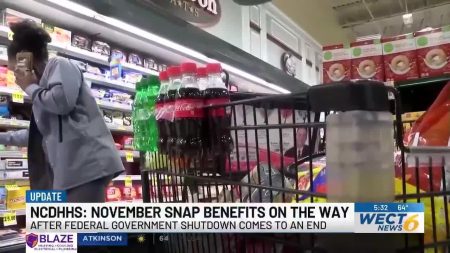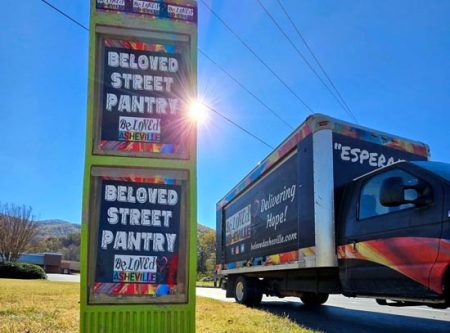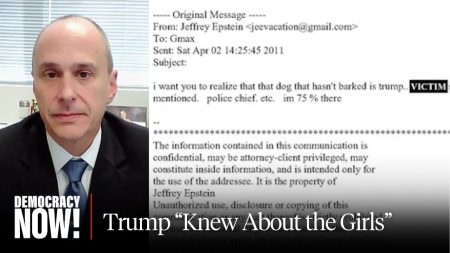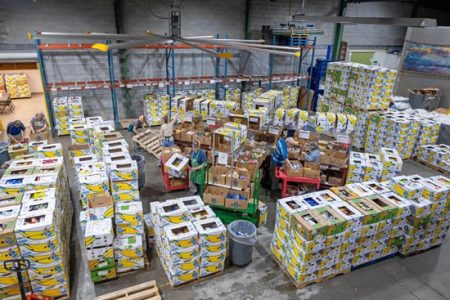Tulsa’s Search for 1921 Race Massacre Graves
Help locate, identify and connect people today with those who were lost more than 100 years ago.

In 2018, the City of Tulsa started the process to reexamine the potential of graves from the 1921 Tulsa Race Massacre as identified in a 2001 State commissioned report.
Four sites were identified in theCity of Tulsa’s examination: Oaklawn Cemetery, Newblock Park, an additional area near Newblock Park, and Rolling Oaks Memorial Gardens, formerly Booker T. Washington Cemetery.
Twenty-six death certificates were issued in 1921 for African American victims of the Massacre; 21 of those victims were reportedly buried in Oaklawn Cemetery. Newspaper reports from June 2, 1921 (Tulsa Tribune and Tulsa World) indicate that 18 adult male victims were buried in Oaklawn Cemetery Section 20.
On June 18, 2025, the City of Tulsa shared historic updates from the 1921 Graves Investigation, including news of a second identification from Oaklawn Cemetery in addition to a newly found Tulsa Race Massacre victim through historical research. Experts also shared evidence that more Tulsa Race Massacre victims could be at Oaklawn Cemetery, showcasing the need to return to Oaklawn Cemetery for a 2025 excavation.
“From the start, our search for those buried in mass graves as a result of the Tulsa Race Massacre has been about bringing closure to families and repair to our city,” Tulsa Mayor Monroe Nichols said.
“As we look to further our work at Oaklawn Cemetery and the genealogical and historical work that is helping further shape our history, I’m reminded that power lies in community. Tulsa is a city of faith and our faith drives us to do what is necessary even if it is tough.
“We are facing tough truths, but we’re doing it together in solidarity. I’m so grateful for the outpouring of support to these families from the broader community; it is what sets us apart from other places. Tulsa is a great city and we prove it time and time again. This investigation is a reflection of our courage, our greatness and our commitment to repair.”
The City of Tulsa has convened some of the best experts in America to help locate, identify and connect people today with those who were lost more than 100 years ago. The public’s help is needed in this historical and groundbreaking work.
Fourteen burials from the City’s search for victims from the 1921 Tulsa Race Massacre in Oaklawn Cemetery have produced genetic genealogy profiles. Those profiles are mapped, to include surnames and locations of interest.
If you believe you have any of the family surnames in your family tree that align with the burials posted at www.cityoftulsa.org/mayor/1921-graves-investigation/genealogy-process, please reach out to the Intermountain Forensics team at www.tulsa1921dna.org
Learn more at www.cityoftulsa.org/1921graves.







